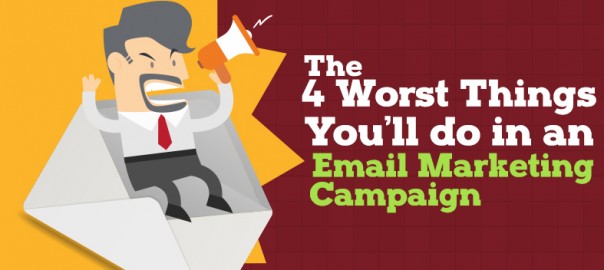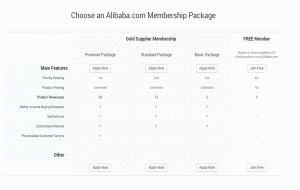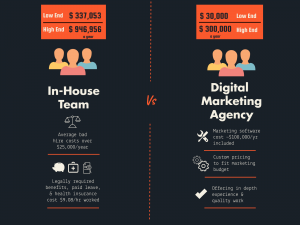
As one of many important lead generation channels, email is every business’ best friend. Notwithstanding its function to develop buyer awareness, a simple email composed with clarity and directness in mind is enough to drag potential clients to the sales pipeline.
But the act of composing an email is a challenge in itself. Messages follow a set template, depending on the effect intended. When you are prospecting for B2B leads, you follow composition rules that coincide with that. The same is true for lead nurturing or sending out links to free content.
Like it or not, businesses need to follow such rules to better their conversion goals. This entails doing and learning about the best practices in email marketing. It also helps to take the worst practices into account in order to learn to avoid them, because let’s face it: the worst thing an ineffective email campaign can do is to hasten the decomposition of your business.
Not segmenting your lists.
The best advantage email possesses is that it is suited for targeted marketing. You can send messages tailored for specific demographics, and you can do it without breaking a sweat. That is why it would be disastrous if you disregard effective segmentation, which can be streamlined through a marketing automation system.
Sending to the wrong people.
Mistakes happen in lead generation. Then again, it is ideal to keep them at a minimum. Bad lead data is one thing, but being consistent in gathering them is another. Bad data can mislead your email campaign into engaging people that are not inactive or show no interest to buy because they belong in a different industry. In other words, try to be precise; look only for people that fit your profile.
Being too demanding.
Most B2B buyers are influenced by the first thing they see in their inboxes: the subject lines. Now, writing compelling subject lines might sound easy, but it actually involves a painstaking knowledge of customer psychology. The general rule: Don’t be demanding. Your main aim is to help others out and not to be helped out, which is always a secondary objective. And the word “free” wouldn’t work either.
Singling out urgency.
Managers have an organization to oversee. Thus, they receive a good deal of messages on a daily basis, ranging from “special offers” to appointment invitations. They, of course, prioritize emails indicating a high sense of urgency, if not relevance to prevailing issues. They simply do not have the convenience to entertain a well-written message that sadly lacks the aforementioned qualities.
Doing all these delivers a perfect blend for business disaster. The right way, and always the best way, is to make your emails drive interest (and marketing results) by doing the opposite of the things listed here.
Digital & Social Articles on Business 2 Community(91)
Report Post






